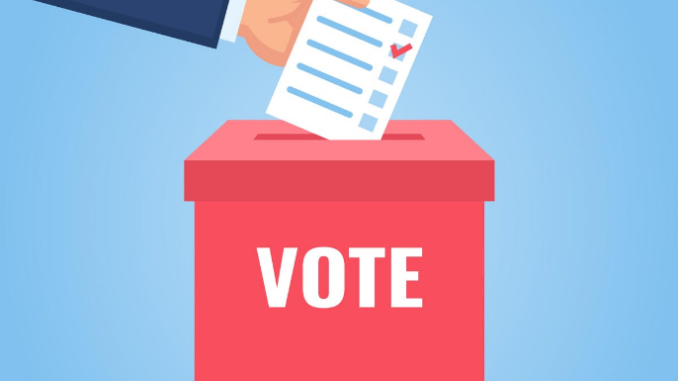
|
Getting your Trinity Audio player ready...
|
Methods used to take votes differs from one country to another. Today, there are many methods used to take votes. While older methods such as hand-raising and paper ballots are still very common, more technologically advanced methods such as online polls and surveys also exist. In this article, we will explore the various methods used to take votes and how each method can be used effectively for different situations.

Paper Ballots
Paper ballots are the most traditional and common method for taking votes. They can be used for large or small elections, allowing voters to cast their vote in a private and secure manner.
Hand-Raising
This is an easy way to take votes when there are only a few people present. It allows everyone to see how each person voted, but it does not allow for anonymity.
Online Polls & Surveys
These methods are becoming increasingly popular as they allow for quick and easy voting with anonymous results. They also provide more options than paper ballots, such as multiple choice questions or ranking systems.
Electronic Voting Machines
These machines are similar to paper ballots but allow for faster tabulation of results. They also provide an extra layer of security to ensure that votes are counted accurately.
Social Media Polls
Social media polls are a great way to get feedback from a large group of people quickly. These polls can be used to gauge public opinion on a variety of topics and can help guide decision-making processes.
Instant Runoff Voting
This method is used for elections with multiple candidates. Voters rank their preferences and the candidate with the fewest votes is eliminated until one candidate has a majority of the vote.
Ranked Choice Voting
This method is similar to instant runoff voting but allows for more than two candidates. Voters rank their preferences and the candidate with the fewest votes is eliminated until one candidate has a majority of the vote.
Proportional Representation
This method is used when electing representatives to a legislative body. Voters select a party or candidate list and seats are allocated proportionally based on the share of the vote.
Direct Democracy
This method allows citizens to vote on legislation directly, without the need for representatives. It is often used in local government elections or referendums.
Mobile Voting
This method allows voters to cast their ballots using their mobile devices. It is still a relatively new technology and is not widely used yet, but it has the potential to revolutionize the way we vote.
Blockchain Voting
This method uses blockchain technology to securely store and tally votes. It is still in the early stages of development, but it could eventually provide a secure and tamper-proof way to take votes.
Remote Voting
This method allows people to cast their ballots from anywhere in the world. It can be used for both local and national elections and is becoming increasingly popular as it allows people to participate in elections even if they are not physically present.
Paperless Voting
This method uses electronic devices such as tablets or computers to cast votes. It eliminates the need for paper ballots, but it is not yet widely used due to security concerns.
Biometric Voting
This method uses biometric data such as fingerprints or facial recognition to identify voters and verify their identities. It is still in the early stages of development, but it could eventually provide a more secure way to take votes.
Voice Voting
This method uses voice recognition technology to record and tabulate votes. It is still in the early stages of development, but it could eventually provide an easier and more secure way to take votes.
Optical Scan Voting
This method uses optical scanning technology to read paper ballots and tabulate results. It is often used in local elections and can help speed up the vote counting process.
Conclusion
No matter which method is used to take votes, it is important that the process is secure and transparent. All methods have their advantages and disadvantages, so it is up to the individual or organization to decide which method would be best for their particular situation. Additionally, it is important to ensure that all eligible voters are aware of the voting process and have access to the necessary resources in order to cast their vote. By taking these steps, organizations can ensure that their election results are accurate and reliable.
